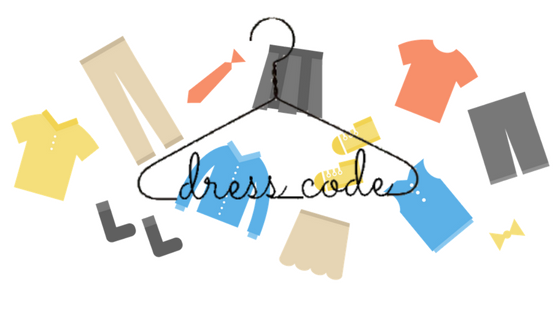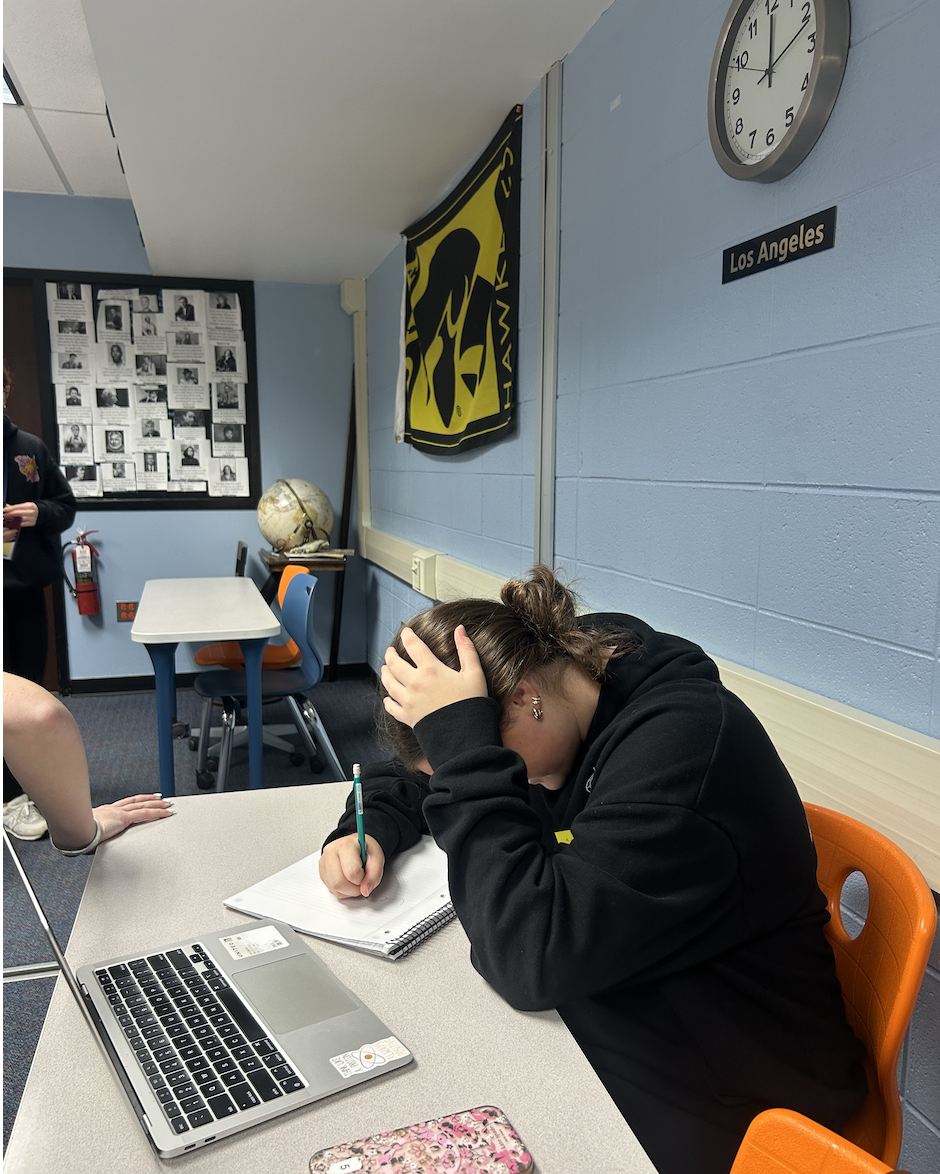The way kids should dress in a school environment is a constantly being debated. Across the United States, girls and boys alike are being reprimanded for wearing what they wear. Recently, religious schools in the South have been criticized, in particular, for making young girls cover parts of their body that don’t necessarily have to be covered. There have been countless examples of girls being sent home for not covering their shoulders. What is so offensive about shoulders? The “cold shoulder” look has become a trend in recent years, and as fashion nuances often do, the trend has trickled down to the grade school level. Simply put: it’s more skin than the administration likes. The traditional nature of these schools makes it harder for them to move forward and effectively transition into the 21st century when it comes to school attire.
Though it is hard to comprehend the issue of a student dress code when we attend Lake Forest High School, a school with no stringent dress code policies, though there are a few brief lines dedicated to its presence in the student handbook. Still, we are fortunate enough to know what it is like to wear almost anything we desire to school, with the exception of clothes that promote alcohol or drug paraphernalia. To decide in the morning if we want to be casual, or dressy; sweatpants or a dress; sneakers or boots. The possible combinations are endless, and that is something we take for granted. Other students–both across the United States and especially around the world–do not have this advantage.
According to the Lake Forest High School student handbook, the “Dress and Grooming” policies for LFHS are outlined below. Note, the school’s policy is as liberal as you can be, mentioning that “[the school] will only be involved with students’ dress and grooming as provided by law.” Other than that, the only main rule LFHS is firm on is that, “the students and parents to be responsible for a level of student dress and grooming that will not be disruptive to the educational process,” and is “publicly decent.”
Dress and Grooming
Individual differences among students are recognized and the major responsibility for acceptable dress and grooming will rest with the individual student and his/her parents. The primary responsibility of the high school is to provide for the maximum learning and growth of each student. It will only be involved with students’ dress and grooming as provided by law.
In implementing this policy, the Board of Education expects students and parents to be responsible for a level of student dress and grooming that will not be disruptive to the educational process, will not constitute a threat to the health, safety, welfare or property of self or others, will be in accordance with public decency and civil statutes and will complement a secondary institution and the community of which it is a part. Students should not wear clothing that has language or pictures that are offensive, inappropriate and/or identify or promote tobacco, alcohol or drugs. Students who violate this rule will be subject to disciplinary action.”
A Connecticut high school recently suspended 150 students for violating school dress code…in one day. One honors student, Allyanna Jones, who had never previously gotten in trouble for her wardrobe was suspended for wearing a hooded sweatshirt. The school had never previously suspended someone for wearing a hooded sweatshirt, and Allyanna even offered to change, but the school still sent her home. Protests immediately occurred, resulting in the suspensions being wiped from the student’s record. The school, which employs school uniforms, labeled the sweatshirts as “forbidden colors” for their school district.
There is nothing wrong with having a dress code, but making sure that it is understood and in line with some of the student body’s perceptions (along with their parents) is vital. In many situations, a dress code can positively affect an environment, insofar as it can promote equality and order. But not having a dress code has just as many positives. It inspires the freedom to choose, and ultimately to be yourself inside and outside of school. There is a very thin line between making students dress appropriately and violating their rights, which is why we are seeing so many cases doing the latter.








